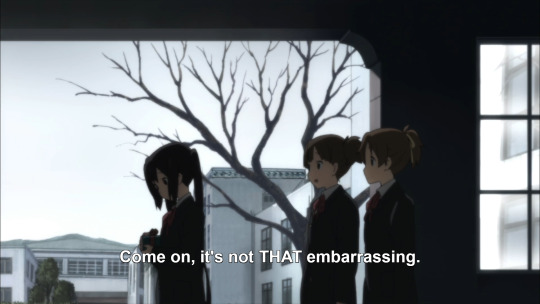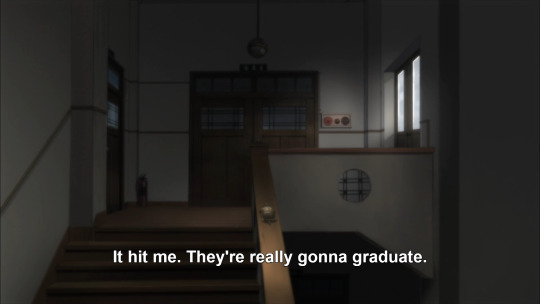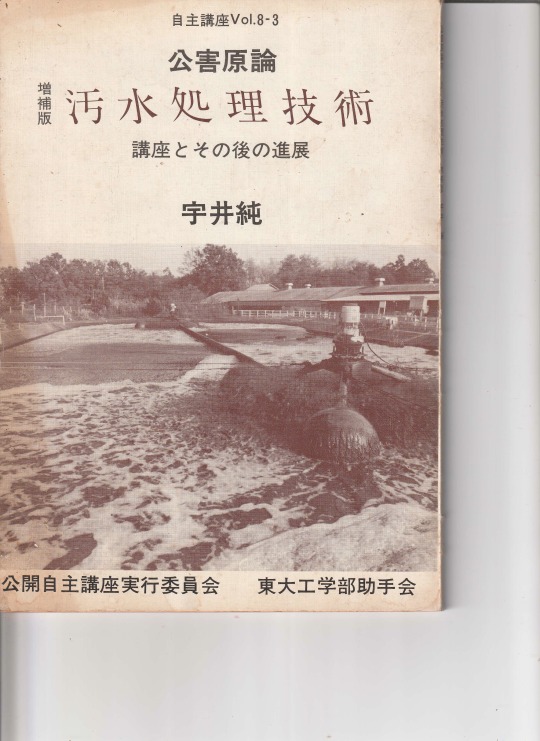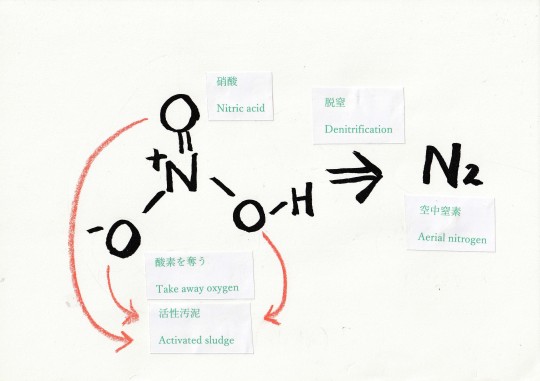#Jun Ui
Text
Plastic: It used to be a star substance. ~ Curse of Minamata disease (chemistry-6)

south-west of Kumamoto prefecture
Recently, it has become a hot topic that microplastics, which are shattered into small pieces, are harmful to the environment and wildlife. , is fresh in my memory.
However, plastic was touted as a "dream material" in the early stages of its development and commercialization.
It was used as an adjective meaning that "it can be shaped" = "it has plasticity", and the noun "plastic" was born.
The great attraction of plastic was its plasticity, which allows it to change its shape into any shape. In the plastic industry, plastics that can be freely shaped like this are produced by a method called injection molding, but the plastic industry is widely regarded as a "subcontractor" for the automobile industry, and is "scorned" by the automobile industry. "The fact is that we are operating.
Here, there is an unexpected connection between plastic and Minamata disease. One of my mentors, the master of pollution problems: The late Mr. Jun Ui was a student during Japan's period of high economic growth. Of these, only the top students were hired by Minamata Chisso. Today, it is a poor company whose life is being extended to help Minamata disease patients, but it used to be a super-elite group. The Chisso Minamata Factory produced a wide variety of agricultural materials and was a strong supporter of farmers' farm work. They also made vinyl for greenhouses and black mulch (a material that covers the soil, keeps it warm, and retains water).
Well, when making such plastics, Hg (mercury) was used as a catalyst (the substance itself does not change before and after the reaction, but it is essential to cause a chemical reaction). As anyone with a sharp intuition can guess, this mercury degrades to methylmercury, and it has been accumulated over many years that factory effluent containing this substance was discharged into Minamata Bay as it is without any water purification process. This led to the outbreak of methylmercury poisoning, known as Minamata disease.
#Plastic#Minamata disease#chemistry#microplastics#automobile industry#Jun Ui#Chisso#agricultural materials#rei morishita#Hg#methylmercury#Minamata Bay#catalyst
2 notes
·
View notes
Text

#K-ON#k-on!#azusa nakano#ui hirasawa#jun suzuki#tsumugi kotobuki#mio akiyama#sawako yamanaka#ritsu tainaka#yui hirasawa#2012#cutie figure mascot#megahouse#trading figure#banner#banners#old web#00's#ads#anime figure#anime figures#anime#figure#figures#figurine#figurines
111 notes
·
View notes
Text







They're all really gonna leave.
134 notes
·
View notes
Text


#anime#world trigger#this is so cute#chika amatori#soya kazama#shuji miwa#yosuke yoneya#toru narasaka#jun arashiyama#mitsuru tokieda#ken satori#isami toma#yuzuru ema#madoka ui#koji oki#kazuaki oji#haruaki azuma#tetsuji arafune#kotaro suwa#izuho natsume#kyosuke karasuma#akane hiura
101 notes
·
View notes
Text






And The fun continued beyond the anime
#k-on#k on#k on anime#yui hirasawa#ui hirasawa#mio akiyama#ritsu tainaka#tsumugi kotobuki#azusa nakano#jun suzuki#sawako yamanaka#yamanaka sawako#sawa chan#after school tea time#afterschool tea time#hokago tea time#sumire saitou#high school#college#nao okuda#ayame yoshida#akira wada#sachi hayashi#k-on!#k on!#k-on! college#k-on! highschool#k-on! high school#manga#kakifly
60 notes
·
View notes
Photo

#ritsu#k-on!#tsumugi kotobuki#mio akiyama#yui hirasawa#azusa nakano#ritsu tainaka#ui hirasawa#sawako yamanaka#nodoka manabe#jun suzuki#anime#animecore#hikicore#hikkicore#otakucore#2000s anime#2000s core#2000s#kawaiicore#cutecore#moecore#k-on#hikkikomori#00s#cute#moe#cgdct#gif
109 notes
·
View notes
Text

#ui hirasawa#jun suzuki#nodoka manabe#yui hirasawa#azusa nakano#mio akiyama#ritsu tainaka#tsumugi kotobuki#k-on
131 notes
·
View notes
Photo

It’s beginning to look a lot like Christmas.
-Kai
Artist: マクラ
#jun suzuki#tsumugi kotobuki#ritsu tainaka#azusa nakano#nodoka manabe#yui hirasawa#mio akiyama#sawako yamanaka#ui hirasawa#kai hirasawa#鈴木純#琴吹紬#田井中律#中野梓#真鍋和#平沢唯#秋山澪#山中さわ子#平沢憂#平沢海
27 notes
·
View notes
Text




5 notes
·
View notes
Photo

桜高新入生歓迎会!!9.5じかんめ イベントイラスト
けいおん!聖地オンリーイベント『桜高新入生歓迎会!!9.5じかんめ』のイベントイラストを担当させて頂きました、サークルとしても参加させて頂き、とても良いイベントとなり豊郷ティータイム様には大変お世話になりました、ありがとうございました!
#k-on#k-on anime#htt#けいおん#Hisawa Ui#mio akiyama#ritsu tainaka#tsumugi kotobuki#nakano azusa#hirasawa ui#jun suzuki#豊郷ティータイム
8 notes
·
View notes
Text
As an environmental problem researcher:especially about water issues (2/2)

A Book written by Jun Ui(宇井純)
Sewage treatment technology introduced by Jun Ui: Oxidation Ditch
Mr.Jun Ui, who is now dead and was a leader in pollution problems (and one of my teachers: an assistant in the Department of Urban Engineering, Faculty of Engineering, University of Tokyo), was a versatile person, but he went to see a sewage worker in Delft, the Netherlands. He visited the treatment plant, became interested in the facility: Oxidation Ditch (translated into Japanese, "Oxidation Groove"), and stayed for several days to observe it. According to the engineer who developed it, "Many Japanese researcher visit this facility, but no one else stays and observes for a long time like you."
Jun Ui understood the principle of this oxidation ditch, and he himself built a sewage treatment plant for individuals and groups that he understood in order to spread this technology to Japan, and conducted demonstration experiments. I have been involved in it for a while.
The basis of sewage treatment technology is the decomposition of "organic matter" in water. Organic matter is a molecule formed by carbon atom (C) as a nucleus, but there are almost infinite types of this molecule. Sugar, soy sauce, gravy, manure ... there is no limit to the number. Anyway, it is a process of sending oxygen (O) in the air into water, reacting it with organic matter, converting it to carbon dioxide (CO2), and returning carbon to the air. It is called aeration or oxidation.
This method, now called the "activated sludge method," introduces healthy microorganisms in the soil into the water and completes the oxidation by the action of these microorganisms. Certainly, organic matter can be decomposed fairly well in this process. However, sewage cannot be completely purified by itself. Pollutants other than carbon include nitrogen (N) and phosphorus (P). These are difficult things. Even if organic matter is removed and the water looks clean at first glance, if N, P, etc. remain, they will come out into the environment, and algae etc. will propagate using these as minerals, and organic matter will be produced again. The water is polluted and the precious oxidation becomes meaningless.
At this time, the sewage treatment technology shows two directions. One is the "continuous" process and the other is the "batch type" process. The continuous method is the current mainstream sewage treatment method in which sewage flows out of the plant and new sewage always flows into the pond. Therefore, multiple ponds are set up, and one pond "has only one function." On the other hand, the batch type has multiple functions in one pond. It has four functions of "inflow, stirring, precipitation, and outflow". Jun Ui chose this batch type, not to mention the oxidation ditch (oxidation groove).
The process of removing C is called (primary processing), but in the case of a continuous system, the process of removing N and P is processed in the second and third ponds that specialize in N and P. (Secondary and tertiary processing). In particular, in the case of N, activated sludge deprives HNO3 of O from N, which has changed from ammonia (NH3) to nitric acid (HNO3) as a result of treatment and oxidation without adding O, and N becomes N2 in the air. It will come out (denitrification). This is a chemical reaction called reduction, which is the opposite of oxidation. To remove N, it is necessary to repeat these two reactions. However, in the case of the continuous type, since a large amount of O has already been added and aerated, there is a lot of waste in removing it, and oxygen deficiency and oxygen excess are repeated, resulting in a high cost of sewage treatment. It will jump up. Indeed, sewage treatment is a gold eater. Think about it, the power that an air conditioner takes to drive air is enormous, but if it's water, the cost of sewage treatment is even higher.

Denitrification
In the case of the batch type, depending on the operation, all of the first, second and third processes can be performed in one pond. By performing the steps of aeration (stirring) and precipitation, the above-mentioned denitrification controls the oxygen concentration to the limit of oxygen concentration that can be changed into two steps at any time, and the pond is as shallow as a "groove". Aeration can be done with the "eel farming water wheel". Also, because it is shallow, it will not drown even if a child gets stuck. A major feature of the batch system is that the inflowing sewage and the substances and microorganisms contained in it will "always" remain in the pond, although they will gradually dilute. These are favorable features in terms of the stability of the treated water. And here is the advantage over continuous process.
More troublesome than N is P. Basically, the most basic and reliable treatment method for P, which cannot be flown in the air, is to take out a certain amount of activated sludge itself, which contains a large amount of it, from the pond and separate it from the water. Primitive is primitive, but if sludge can be returned to the soil, this is the best. Well, the same is true for C and N. In that sense, neither the continuous type nor the batch type can fully function under the current situation where sewage contains a lot of harmful substances. Things that cannot be returned to the soil.
A word of the day: C, N, P are originally fertilizers for growing plants. If you return the wastewater and manure to the farmland without modern sewage treatment, no problems will occur. In this respect, humanity's thinking is insanely stupid.
#water issues#Jun Ui#Sewage treatment technology#Oxidation Ditch#Delft#activated sludge method#nitrogen#phosphorus#Denitrification#batch system#continuous process#environmental problem researcher#rei morishita
6 notes
·
View notes
Text

day 163 !
5 notes
·
View notes
Text




No, thanks.
21 notes
·
View notes
Photo

Kim Tae-ri's 'An Extraordinary Folder Greetings'
0 notes
Text




#k-on! high school#k on!#k on! high school#k-on#k-on!#k on#kon#azusa nakano#afterschool tea time#after school tea time#hokago tea time#kakifly#ui hirasawa#yui hirasawa#jun suzuki#sawa chan#yamanaka sawako#sawako yamanaka#sumire saitou#sumire saito#ritsu tainaka#nao okuda#light music club#seinen#comedy#manga humor#best teacher#best girl
26 notes
·
View notes
Text

51 notes
·
View notes